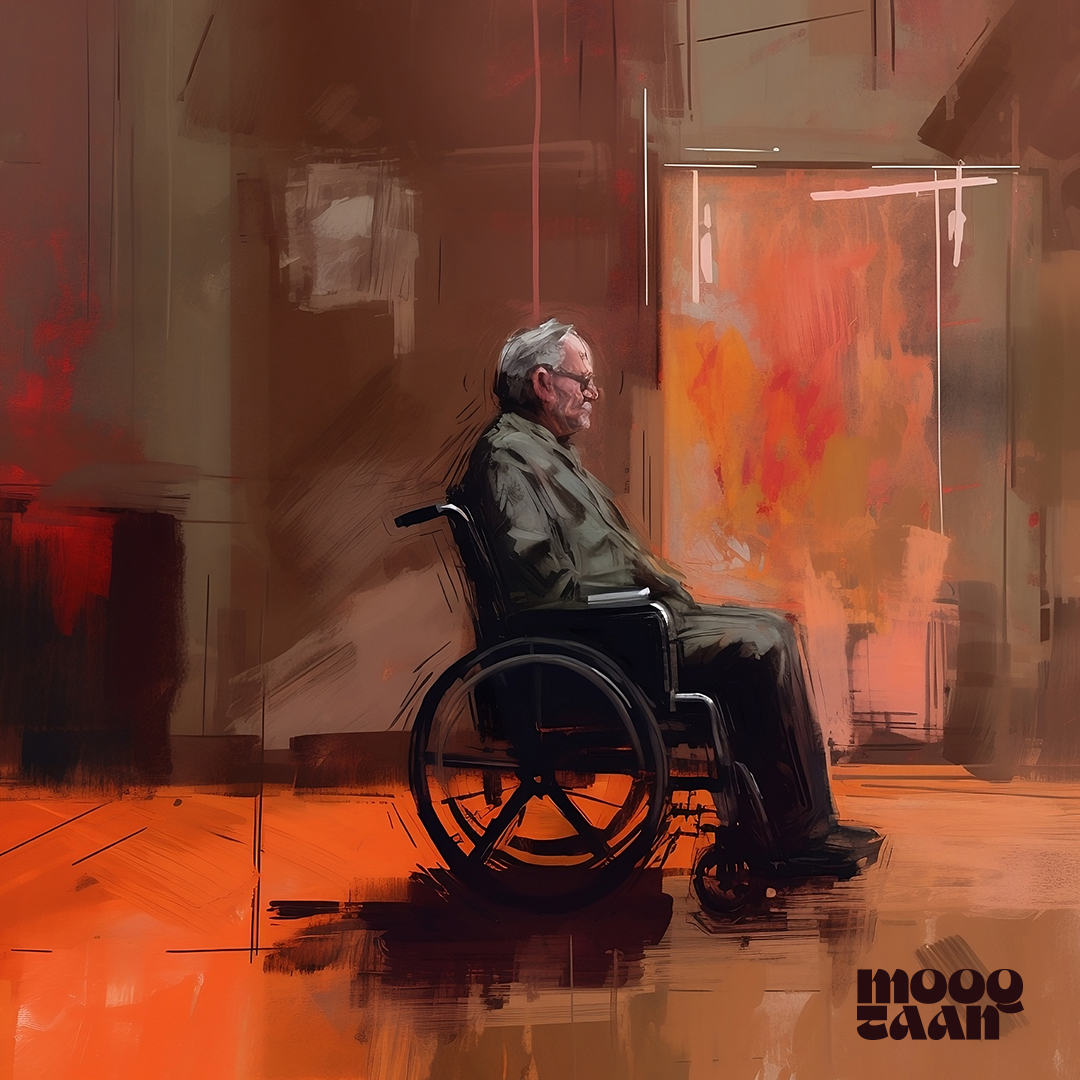Designing for accessibility means creating designs that are usable by everyone, regardless of their physical or cognitive abilities. Here are a few tips and guidelines to help you design more accessible digital products: First, make sure your design is perceivable. This means providing alternative text for images, captions for videos, and clear, easy-to-read text. Second, ensure your design is operable. This means providing multiple ways for users to interact with your design, such as keyboard shortcuts or voice commands. Third, design for understandable content. Use clear language and avoid jargon or complex sentence structures. Fourth, create designs that are robust. This means using code that works well with assistive technologies such as screen readers or braille displays. Finally, test your designs with users who have disabilities. Getting feedback from these users can help you identify areas where your design can be improved. By following these tips and guidelines, you can create designs that are accessible to everyone and provide a better user experience for all users.
